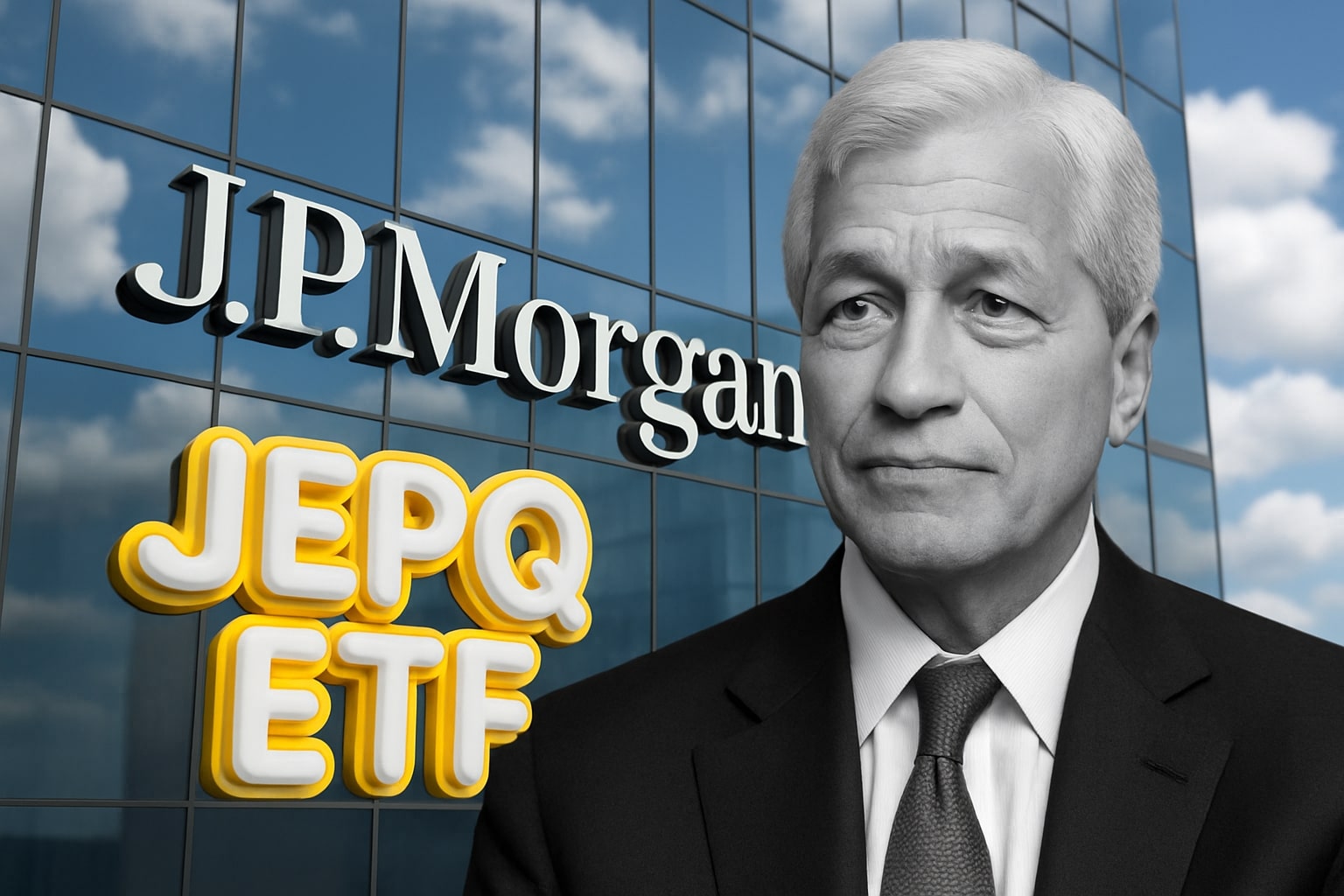London’s Bitcoin ETP Launch Reopens Europe’s Retail Channel
While U.S. markets turned defensive, Europe staged a strategic reopening. On October 20, the Financial Conduct Authority (FCA) lifted its four-year retail ban on crypto exchange-traded notes, paving the way for the first regulated Bitcoin ETPs in the U.K.
BlackRock’s iShares Bitcoin ETP, now trading on the London Stock Exchange, allows investors to purchase regulated exposure to Bitcoin for as little as $11 per unit. Structured as a physically backed note with institutional custody, it eliminates direct wallet management risk and aligns with traditional brokerage access. Early trading data showed strong engagement from platforms such as Interactive Investor, Swissquote, and Trading 212, while larger brokers like AJ Bell are integrating access gradually.
The debut signals the start of a European capital inflow cycle mirroring the U.S. ETF launch in 2024. With BlackRock’s U.S. IBIT already exceeding $85 billion AUM, the London product expands global reach, connecting both institutional and retail demand channels.
FCA director David Geale described the shift as evidence of “market maturity,” noting that controlled ETP frameworks can coexist with strict investor-protection standards. The policy also aligns with the U.K.’s broader ambition to modernize fund tokenization and integrate blockchain custody within regulated finance.
Macro Liquidity Rotation and the Prospect of $600 Billion in New ETF Capital
Amid the contrasting regional flows, research from Galaxy Digital projects that the next major growth wave could deliver up to $600 billion in net inflows to Bitcoin ETFs over the coming years. Their analysis highlights that approximately 300,000 U.S. financial advisors manage $30 trillion in client assets. Even a modest 2% allocation to Bitcoin ETFs across this channel would equate to $600 billion — a figure that would eclipse the global $472 billion gold ETF market and quadruple the current $146 billion AUM in U.S. spot Bitcoin funds.
Large wealth platforms are gradually preparing for this transition. Morgan Stanley has already advised clients to allocate up to 4% to digital assets within diversified portfolios, while Vanguard is reportedly evaluating the inclusion of third-party crypto ETFs in its brokerage offering. This marks a structural shift from speculative retail flows toward advisor-driven, compliance-anchored allocations, potentially lowering turnover and price volatility.
Galaxy’s projections emphasize that these advisory inflows would likely behave more like long-term equity or bond allocations — slower to move, less reactive to price shocks, and highly additive to market depth. If realized, this institutional bridge could elevate total Bitcoin ETF assets to $500 billion within several years, cementing BTC-USD as a mainstream portfolio component rather than a speculative trade.
Trading Patterns Indicate Short-Term Profit-Taking, Not Structural Reversal
Despite the magnitude of last week’s outflows, on-chain metrics suggest that long-term holders remain largely unmoved. Exchange balances have declined modestly, indicating that redemptions were more fund-driven reallocations than retail panic. The average holding period of coins in ETF custodians remains above 130 days, consistent with institutional positioning.
Bitcoin’s $110,000–$112,000 range now serves as a technical equilibrium. Resistance stands near $118,500, while support is well-defined around $103,000. A breakout above the mid-$110Ks could reignite inflows if the next Fed meeting confirms liquidity easing. Conversely, sustained weakness below $100,000 could pressure ETFs into further redemptions as hedging activity accelerates.
From a macro lens, the interplay between tariff policy, bond-yield normalization, and central-bank signaling continues to dictate crypto-asset allocation. For now, volatility remains largely event-driven rather than structural — a distinction that matters for assessing whether last week’s ETF withdrawals represent a pause or a pivot.
Institutional Dynamics and Global Divergence in Bitcoin Exposure
The widening gap between U.S. redemptions and European enthusiasm reflects divergent investor psychology. American fund managers are temporarily defensive following record inflows earlier in the year, while European institutions are entering the market at lower price points under clearer regulatory supervision.
This divergence could normalize by year-end as global capital arbitrages regulatory environments. If European ETPs gather even $10–15 billion in initial assets, the incremental liquidity could offset half of the recent U.S. ETF outflows. More importantly, cross-listed products like BlackRock’s IBIT/ETP duo allow internal capital reallocation across jurisdictions, smoothing demand imbalances and reducing price impact from any single market’s sentiment shifts.
Market Outlook: Structural Maturity Meets Tactical Volatility
The ongoing ETF cycle underscores how Bitcoin has evolved from a retail-driven commodity to a cross-border, regulated asset class. The current $1.23 billion outflow represents less than 1% of total Bitcoin ETF AUM, highlighting that capital flows — while headline-grabbing — remain proportional to a rapidly expanding base.
The macro backdrop still favors gradual accumulation: bond yields have eased from October peaks, and expectations of a 0.5% rate cut before year-end provide a liquidity tailwind. Combined with the U.K.’s reopening, this environment could accelerate institutional re-entry once short-term volatility subsides.
Verdict: Buy — Bitcoin (BTC-USD) remains fundamentally supported by deepening institutional infrastructure, expanding global access, and a potential $600 billion inflow channel from wealth-management adoption. The recent $1.23 billion ETF outflow reflects tactical repositioning, not structural weakness. As the U.K. market opens and the Fed approaches policy easing, the setup favors renewed accumulation targeting a medium-term range between $120,000 – $140,000, with a bullish bias sustained into 2026.


















